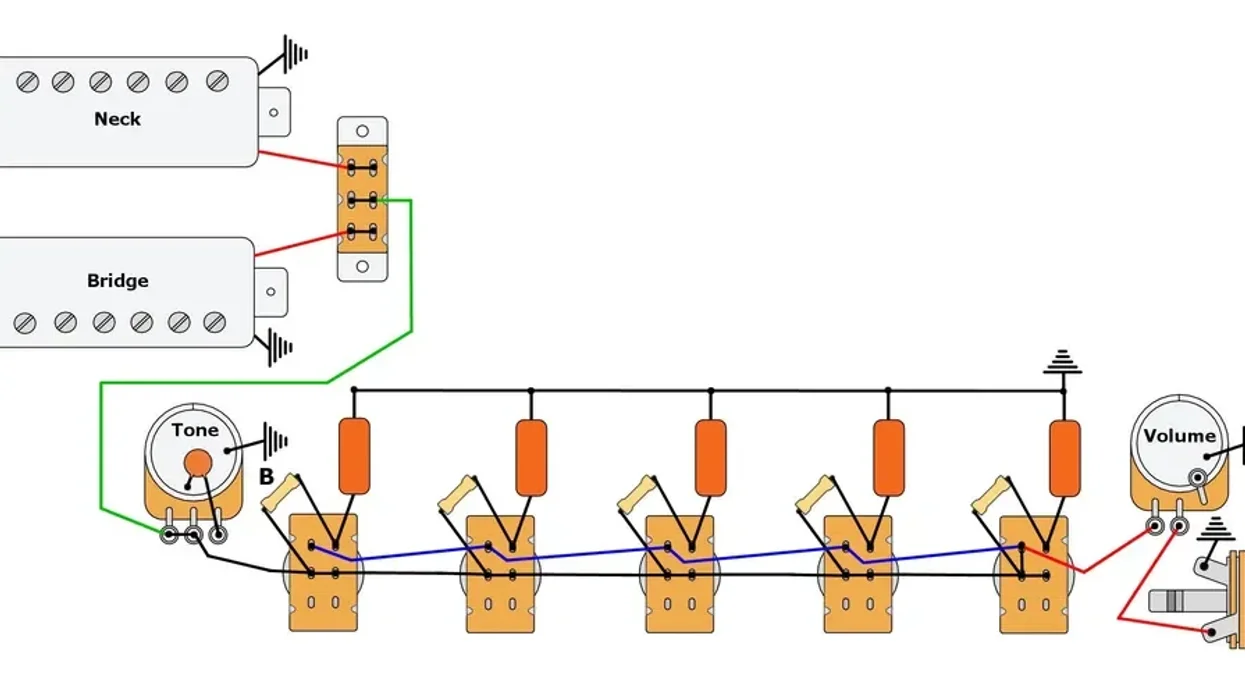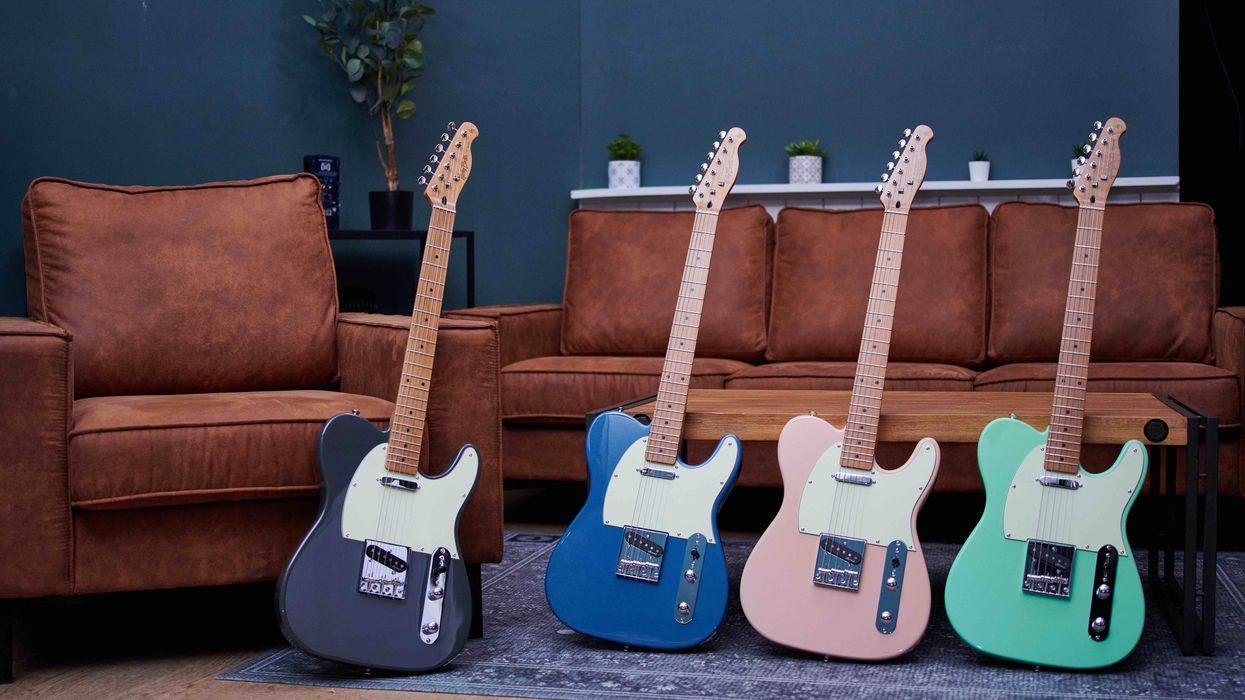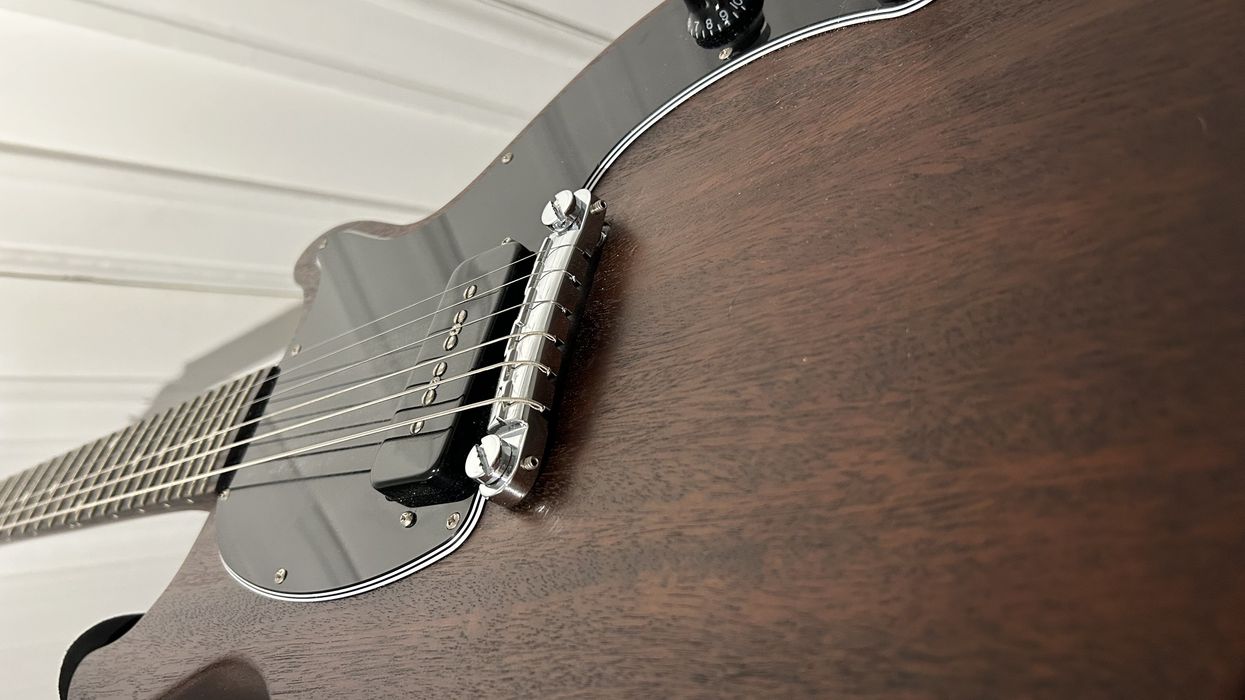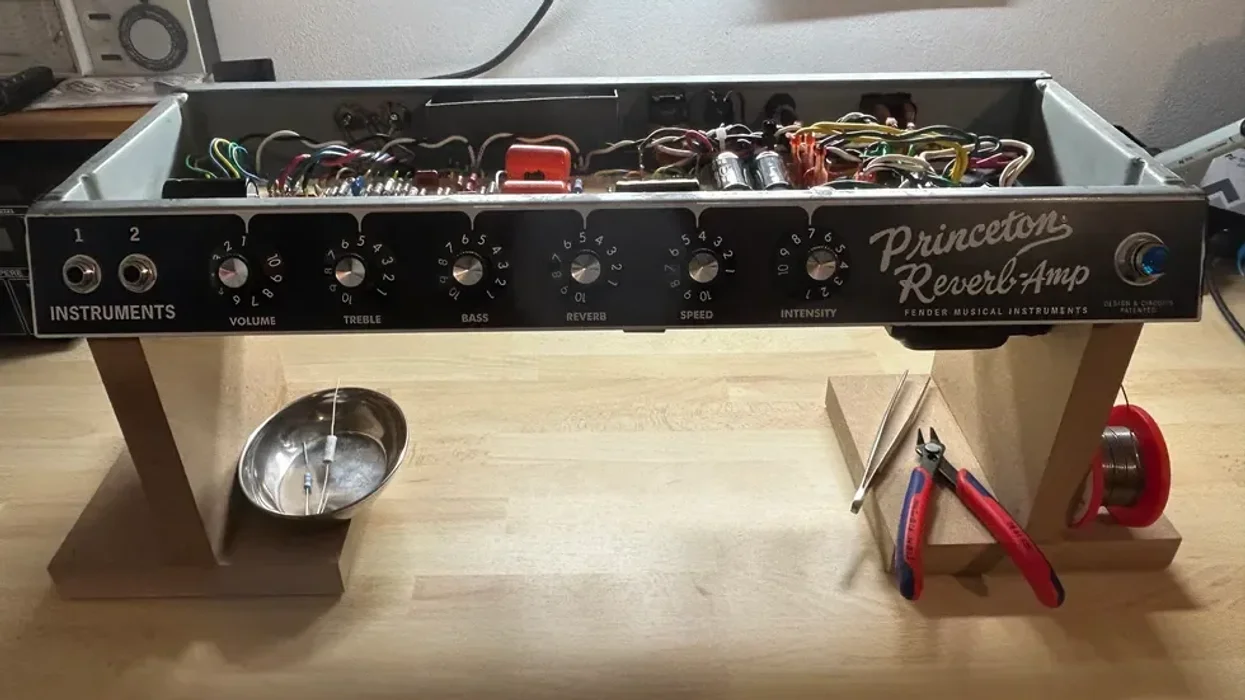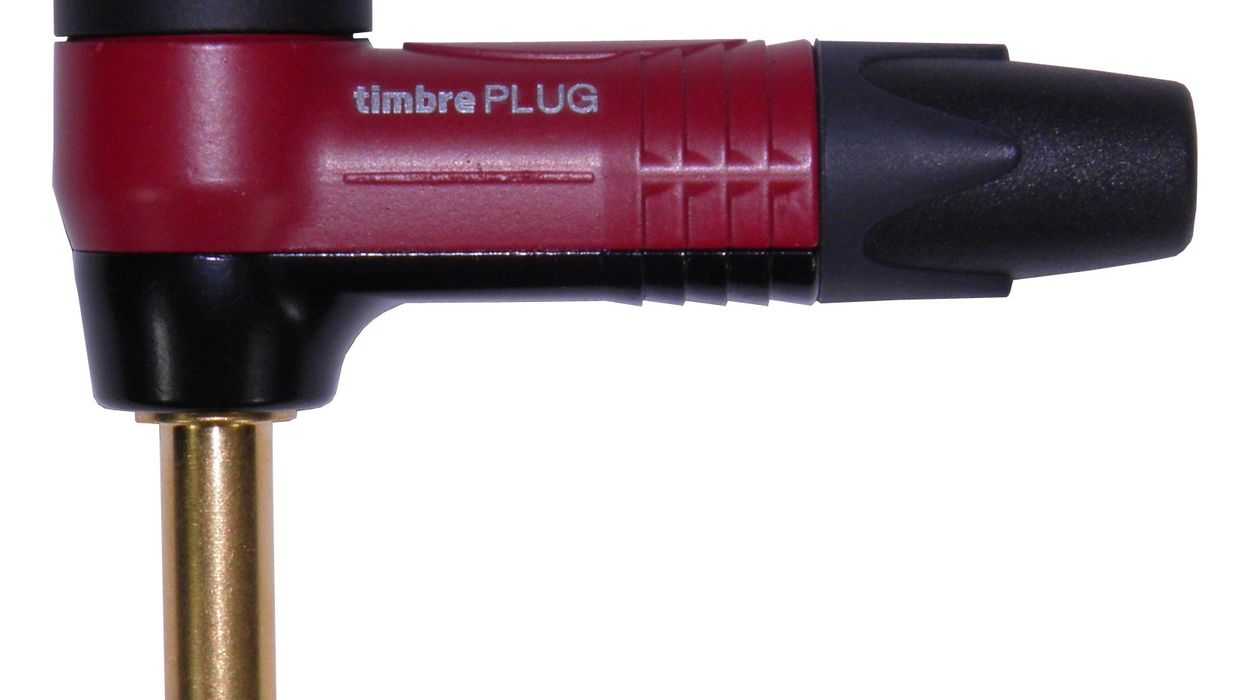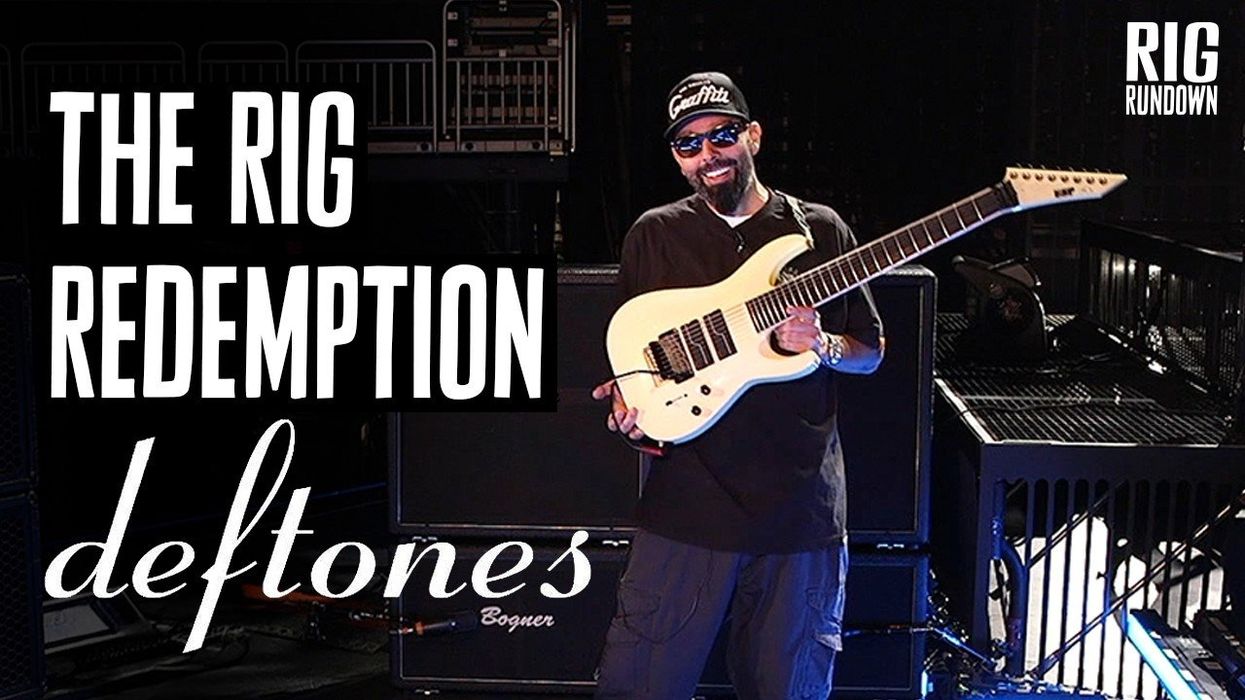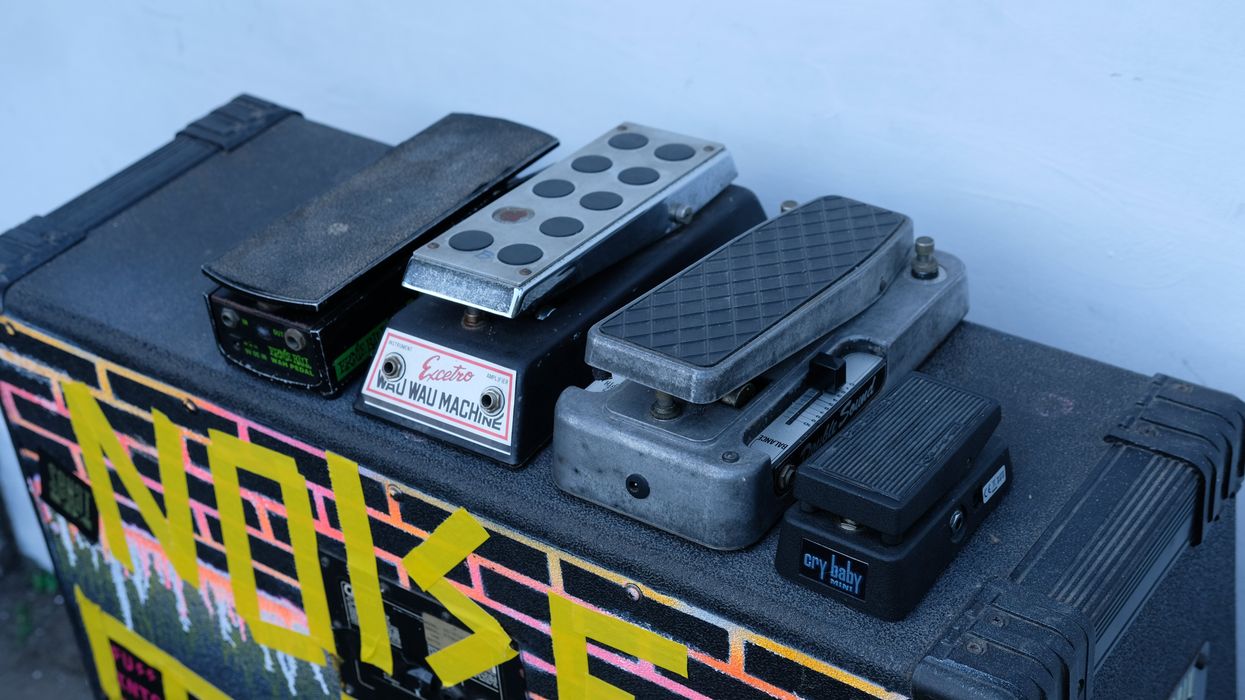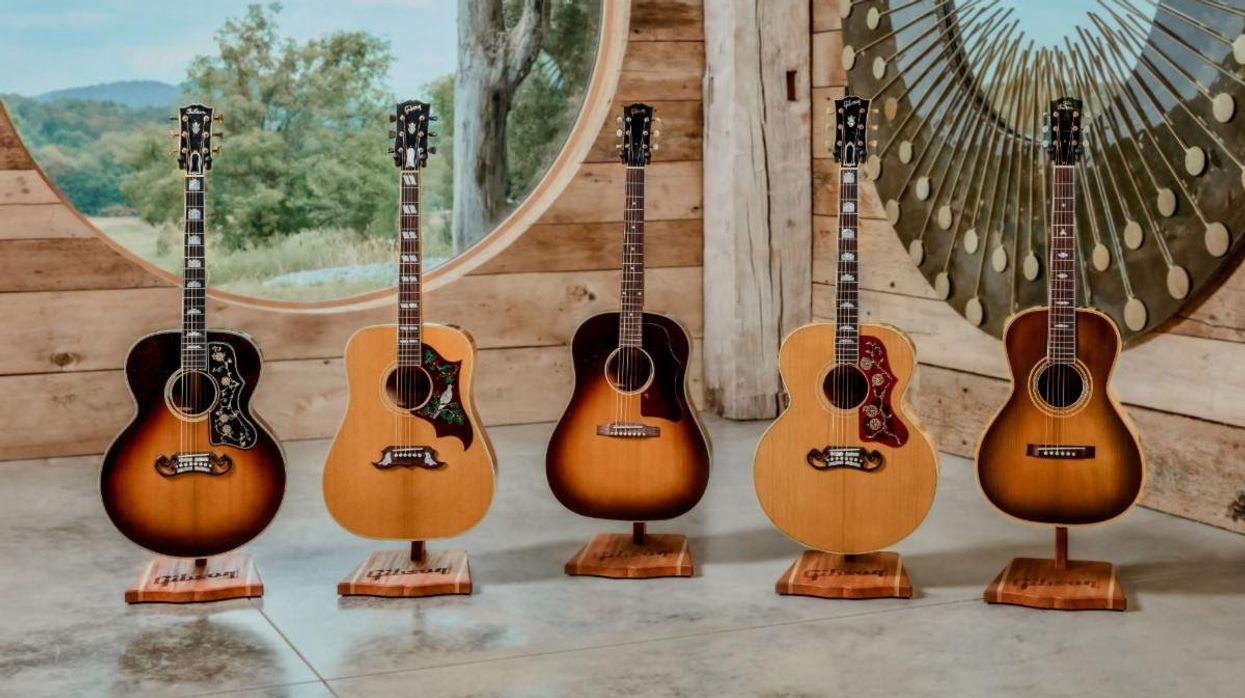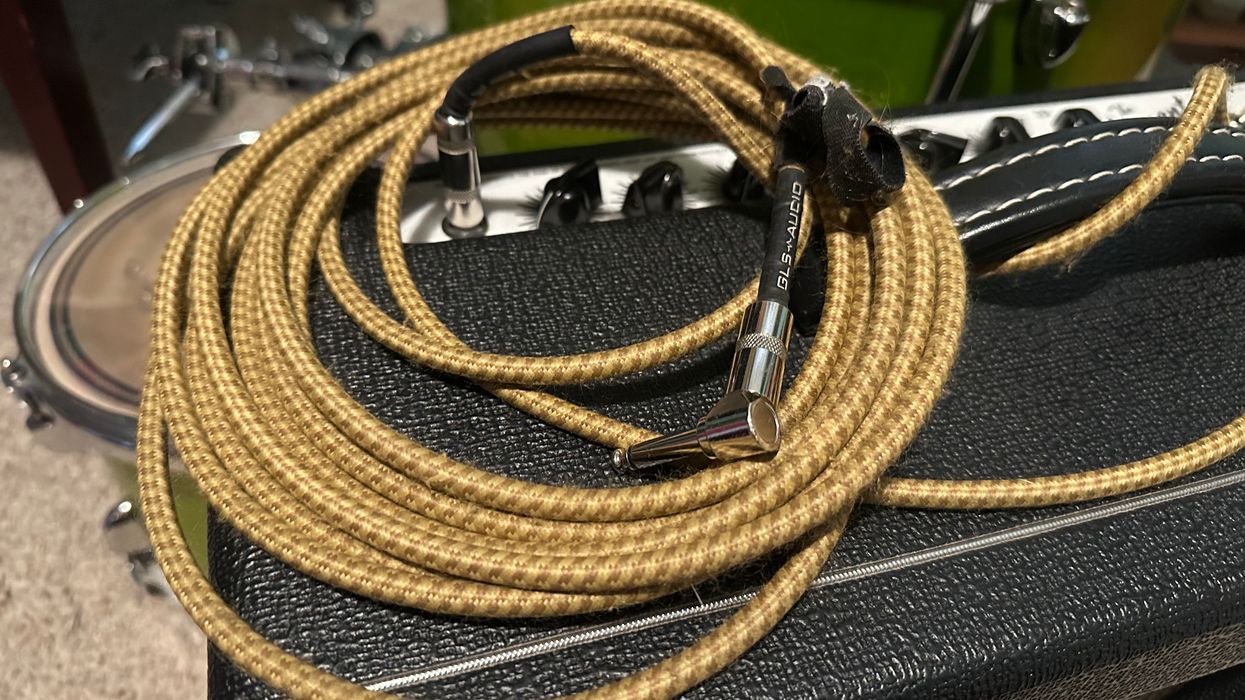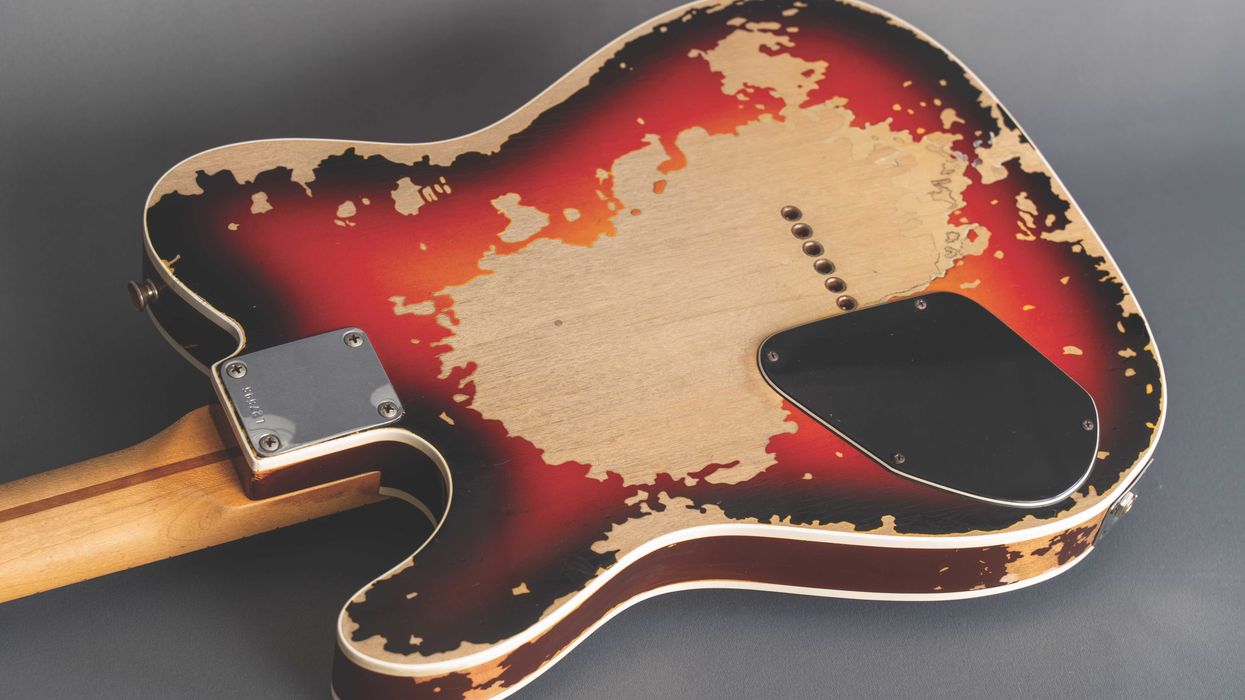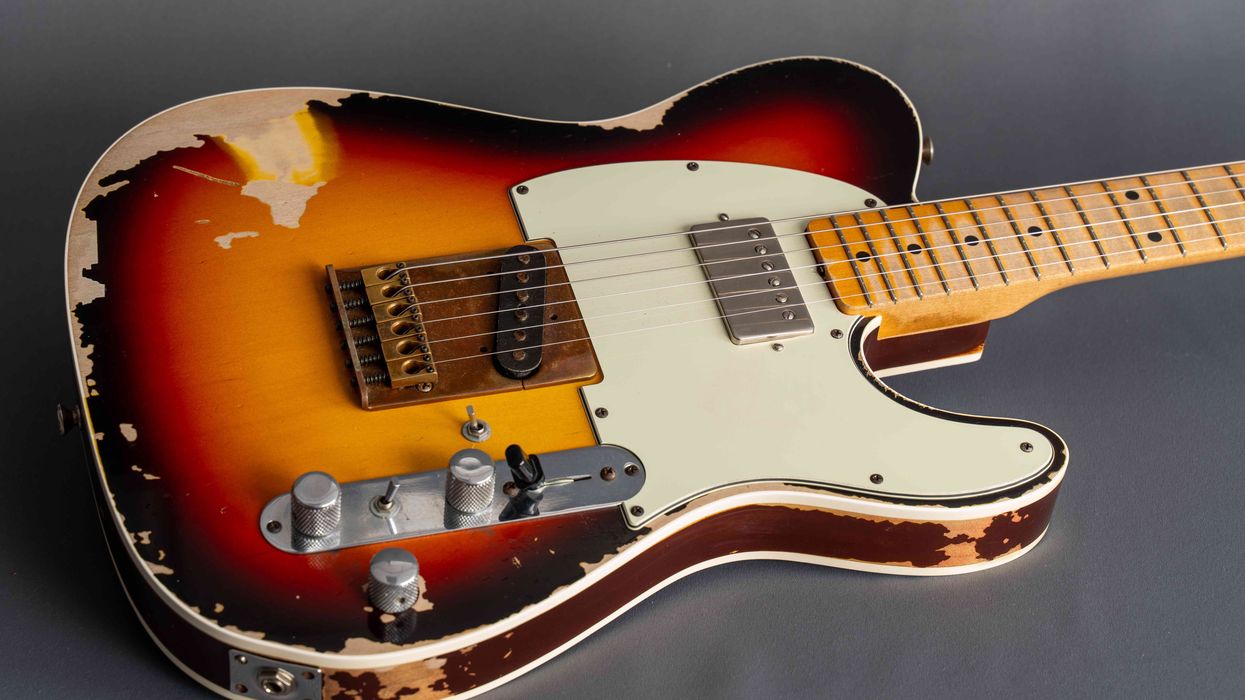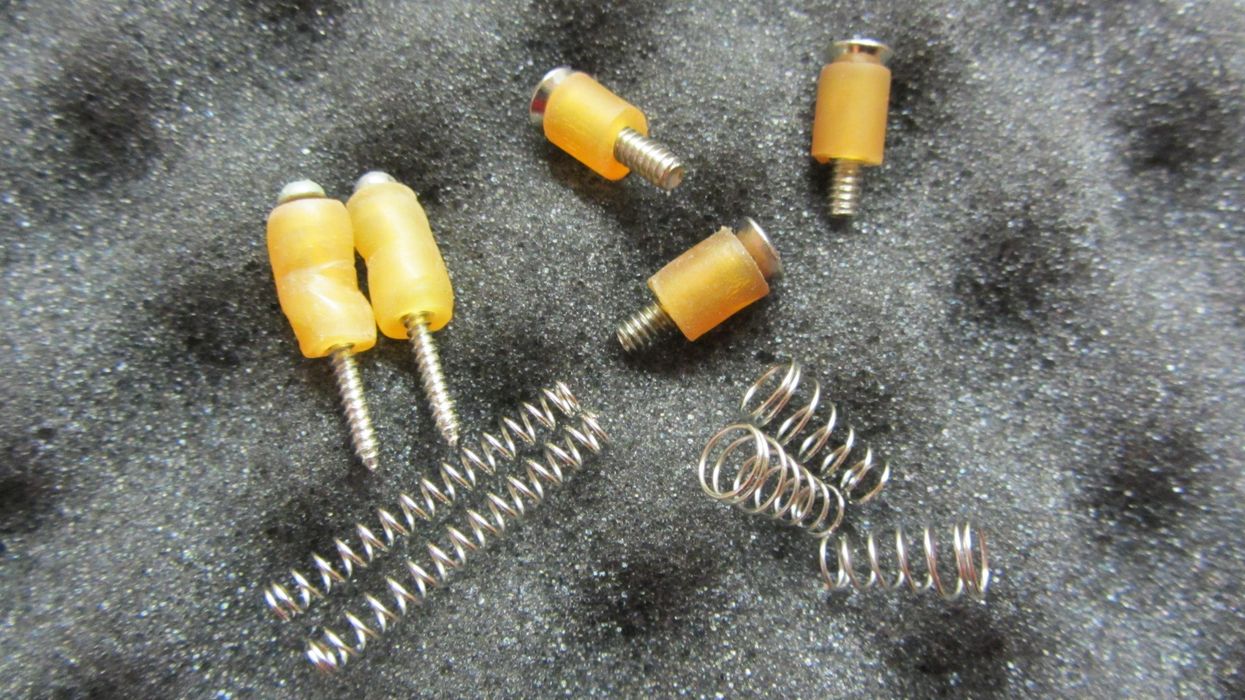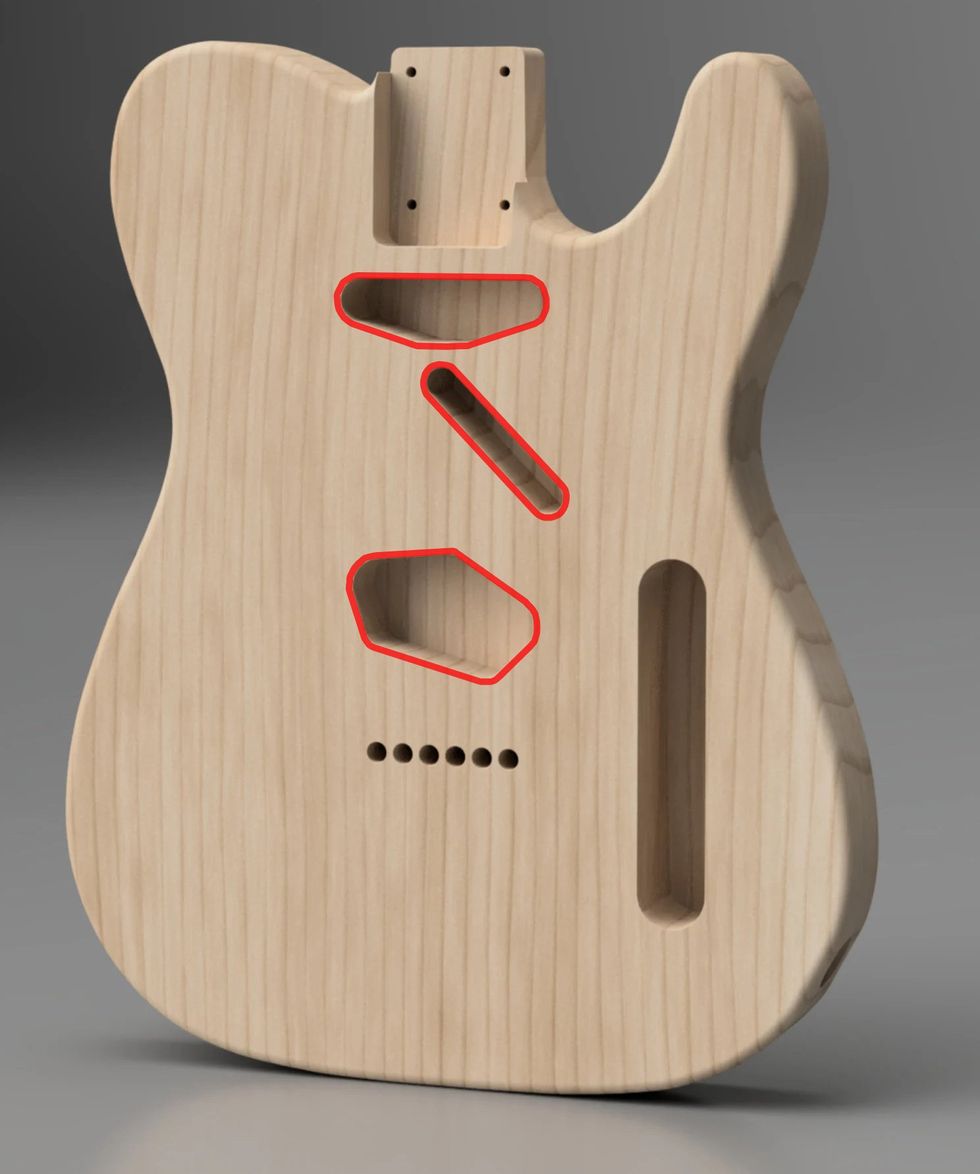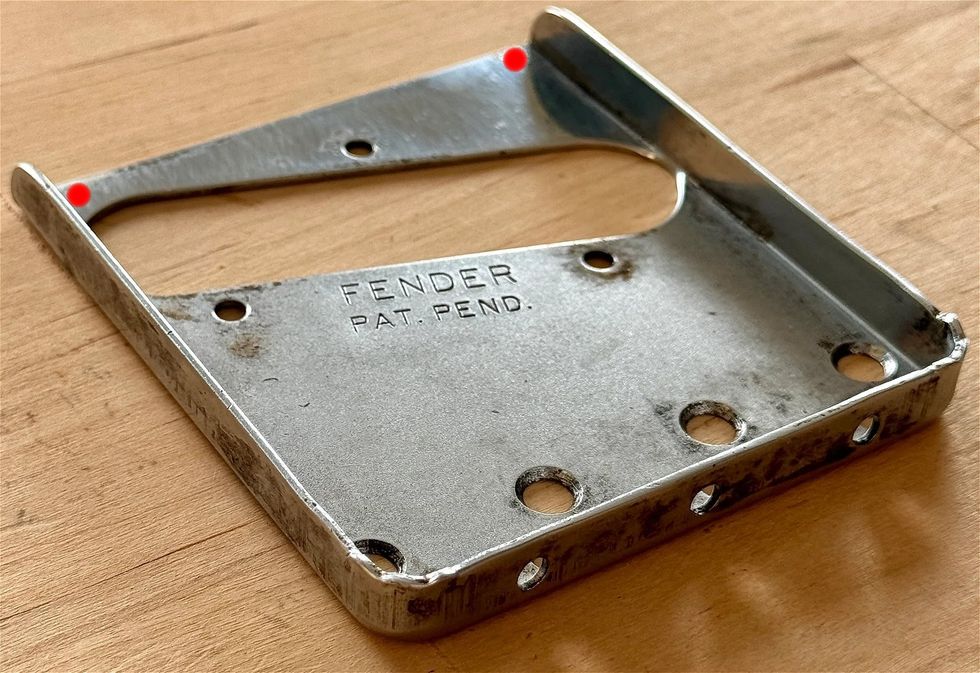Hello and welcome back to Mod Garage! This is the second part of the Mod Garage look at the Epiphone Tone Expressor system (Pt.1), which is found on the Al Caiola signature model that was built from late 1963 until 1969. After discussing the individual parts and settings last month, we will now bring it all together and see how to use the system in a modern guitar.
In general, it’s possible to use the Varitone/Tone Expressor system in any electric guitar as long as you have enough space to squeeze all the stuff into it. You can mimic a lot of different pickups with this system, but because it’s designed for guitars with humbuckers, that’s how it works best. It’s also possible to use it the other way around and thicken up single-coil pickups instead of slenderizing humbucker tones, and in a future column I’ll talk about what I like to call the “reverse Varitone” system.
For a good and simple overview about all the details from last month, I decided to use a technical drawing to show the isolated Varitone system, so it’s easy for you to identify the individual parts:
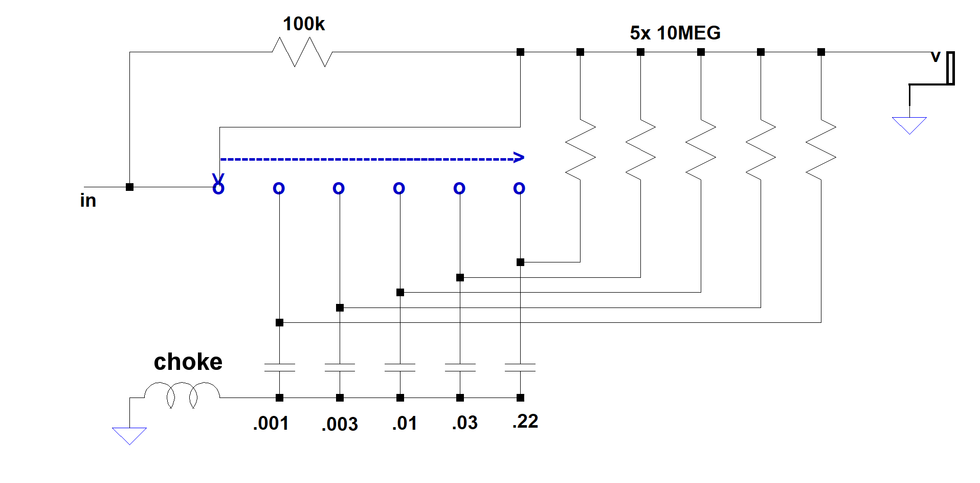
Diagram courtesy of SINGLECOIL
This is the basic structure of the Gibson Varitone system with the original values Gibson used. The inductor is a 1.5 H choke. The Epiphone Tone Expressor system is identical but uses a 15 H choke as an inductor. There is a second version of the Tone Expressor system found on the Al Caiola model using the same structure but with different values for the parts. I think this was because different pickups were used, so here are the values for the version of the system in the Al Caiola guitar:
• 15 H choke as an inductor instead of 1.5 H
• Replace the single 100k resistor with a 33k resistor
• .0033 µF cap is used instead of the .001
• .01 µF cap is used instead of the .0033
• .022 µF cap is used instead of the .01
• .047 µF cap is used instead of the .03
• .1 cap µF is used instead of the .22
For best results, use the original Gibson Varitone values along with PAF-style humbuckers—the second version will work best with mini-humbuckers or similar pickups. Depending on the pickups you use, you can experiment and make your own custom version out of it.
“You can mimic a lot of different pickups with this system, but because it’s designed for guitars with humbuckers, that’s how it works best.”
The differences are:
• Using a 15 H instead of the 1.5 H inductor will shift the notches of the filters created by the Tone Expressor system down approximately a fifth for a fuller and fatter tone. Because it is possible to combine several caps with this wiring, choosing a 15 H inductor was also a clever move to keep the tone clearer and more present. You can experiment with this, too. A choke with something between 7 and 10 H will be in the middle of both versions.
• Using a 33k instead of the 100k coupling resistor fits pickups with a lower output like the mini-humbucker perfectly, while the 100k is great for pickups with more output like a PAF.
• The different cap values also correspond to the combination of different pickups and chokes, e.g., for a twangy, Telecaster-type tone, you need a 0.22 µF cap along with a PAF humbucker, while a 0.1 µF cap will do the same along with a mini-humbucker.
So, here we go with the Al Caiola wiring, starting with how it looks in the original guitars from the ’60s. You can clearly see the big, silver-cased choke on top of the electronics as well as the caps, resistors, and the individual switches.
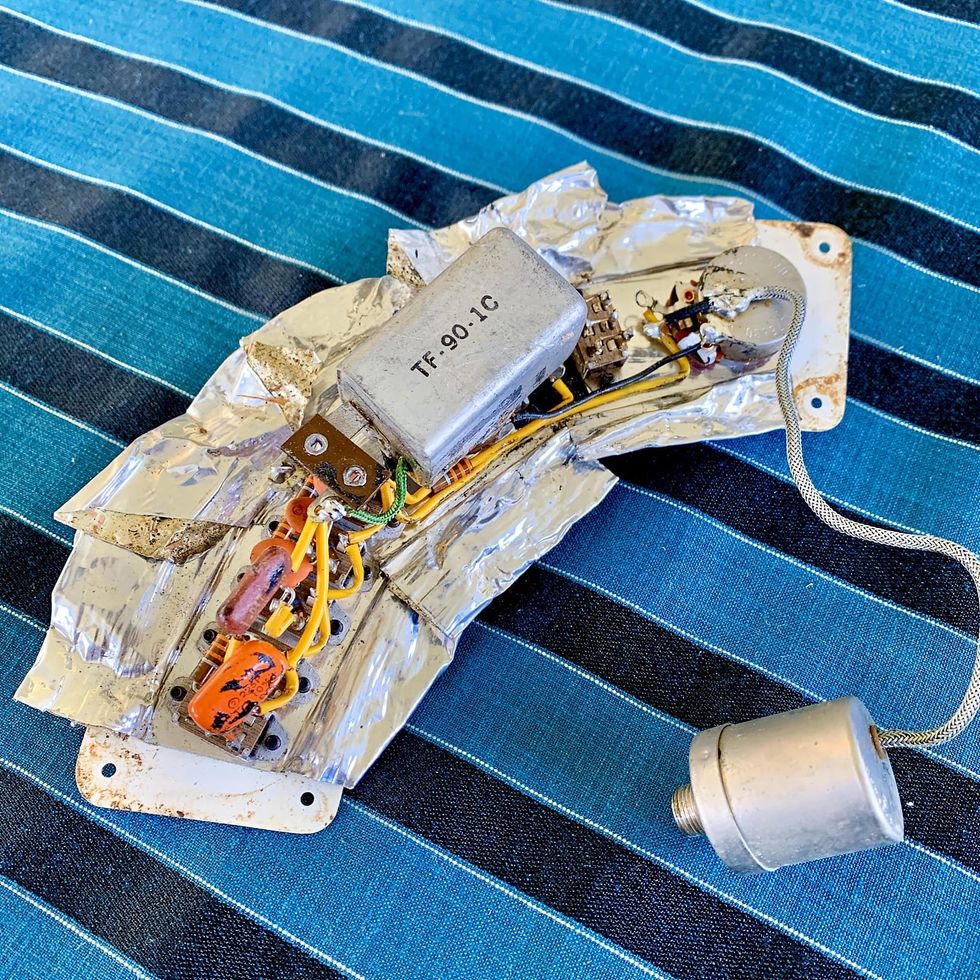
Photo courtesy of Bonfires Vintage
And here is the drawing of the Tone Expressor system I made for you:
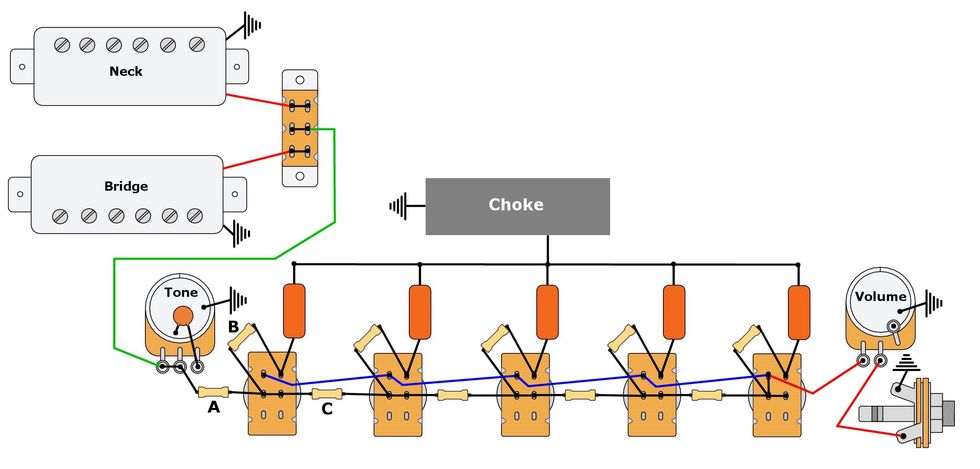
Drawing courtesy of SINGLECOIL
All switches are DPDT switches, the tone and volume pots are both 500k audio, and the tone cap is 0.022 µF. A is the coupling resistor (33k or 100k), B is the five 10M ohm pulldown-resistors (one on each switch), which prevent popping noises when engaging a switch, and C is an additional 33k decoupling resistor on each switch that is necessary to decouple the switches from each other when you want to combine their settings. You don’t need that on the Varitone because you can’t combine several caps with the rotary switch.
Besides experimenting with the parameters of the choke, the caps, and the coupling resistor, you can enhance your tonal palette quick and easy by using a pickup selector switch that can engage both pickups together.
In closing, here is a scaled-down version of this wiring, in case you don’t want to use a choke or can’t find one.
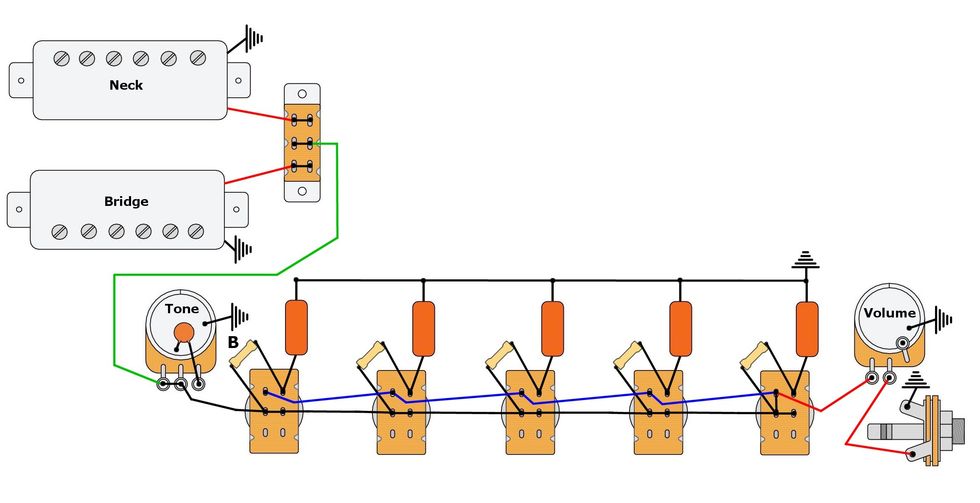
Drawing courtesy of SINGLECOIL
As you can see, the coupling resistor (A) and the decoupling resistors (C) are removed. That’s because in the system with the choke (second order filter system), these are necessary, but without a choke, they’re not.
That’s it. Since we are still in the year of the Strat, next month we will have a look into the Fender Cory Wong Stratocaster, so stay tuned!
Until then, keep on modding!
